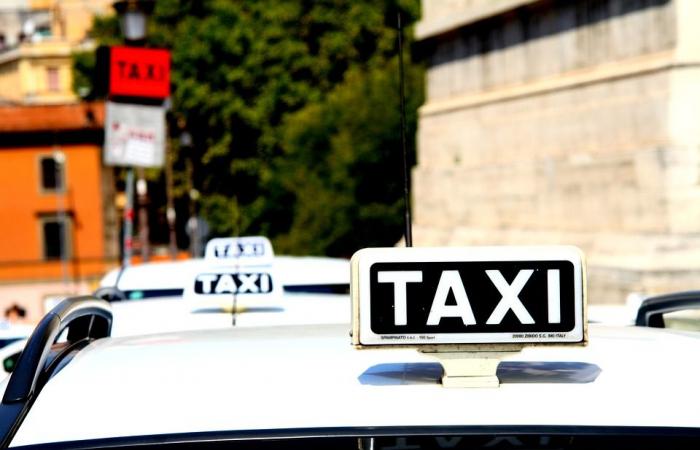Rome, eternal city rich in history, culture and charm, is facing a growing public transport crisis: a severe shortage of taxis.
This deficiency, evident both in newspaper articles and in travellers’ testimonies, it paints an alarming picture of the city’s difficulty in meeting the mobility needs of its inhabitants and tourists.
Numbers That Speak: A City in Trouble
With a population of over 3 million residents and 15 million tourists welcomed in the first half of the year, Rome’s taxi fleet currently has only 7,962 active licenses. Added to this number are approximately 1,000 NCC (Rental with Driver) licenses.
In comparison, Madrid, a city with a similar tourist influx, It boasts 15,777 taxis, almost double those of Rome.
Although taxi fares of Madrid are slightly lower, the average journey from the airport to the city center remains comparable.
Paris, a European metropolis renowned for its lively streets and iconic monuments, stands out for the availability of taxis with 19,124 active licenses. London, with its almost 9 million inhabitants, follows closely with 15,127 taxis.
Berlin, with a population comparable to Rome, operates a fleet of 8,100 taxis. However, the number of tourists in Berlin is expected to be almost half that of the Eternal City.
Barcelona and Brussels, despite their smaller size, they also maintain a respectable taxi offering, with 10,521 and 3,250 vehicles respectively.
Athens: A Paradise for Taxi Users
In this European panorama, Athens stands out as a paradise for taxi users.
With 13,760 taxis Operating day and night, combined with significantly lower fares than other major capitals, Athens taxis serve as an efficient and convenient means of transportation for navigating the city and its surrounding areas.
Rome’s Response: Addressing the Shortage
Recognizing the shortage of taxis, the Councilor for Mobility of Rome Capital, Eugenio Patanè, underlines that “the city is adopting concrete measures to solve the problem”. “It highlights the upcoming publication of a public tender in July, which will pave the way for 1,000 new taxi licenses and 2,000 NCC authorizations in Rome.”
Patanè further elaborates the city’s plans to introduce a “double shift” system, effectively increasing taxi supply by 30% by Jubilee 2025.
Beyond Licensing: Call for Systemic Reform
While recognizing the immediate need for additional licensing, Patanè underlines the importance of a complete reform of the taxi sector. He highlights the need to modernize the outdated 1992 law, advocating for a regulatory framework in line with the current realities of both taxi users and operators.
itTaxi and Uri-Union of RadioTaxi of Italy: Immediate Action Necessary
Loreno Bittarelli, President of itTaxi and Uri-Unione dei RadioTaxi d’Italia, echoes the urgency of the situation, emphasizing the need for an immediate issuance of 300 taxi licenses. It points to growing discontent among residents and tourists, as evidenced by recent social media complaints from actress Nancy Brilli and Reuters correspondent Crispian Balmer.
Conclusion: A City in Transition
The shortage of taxis in Rome serves as a stark reminder of the challenges faced by a city in transition. While the city is taking steps to address the immediate need for more taxis, a long-term solution lies in comprehensive reform of the industry.
Only through a modernized regulatory framework Rome can guarantee a sustainable and efficient taxi service that meets the needs of its residents and the millions of tourists who visit it every year.
Was this article helpful or interesting?
Support Abitareroma Click here! ↙
write a comment






